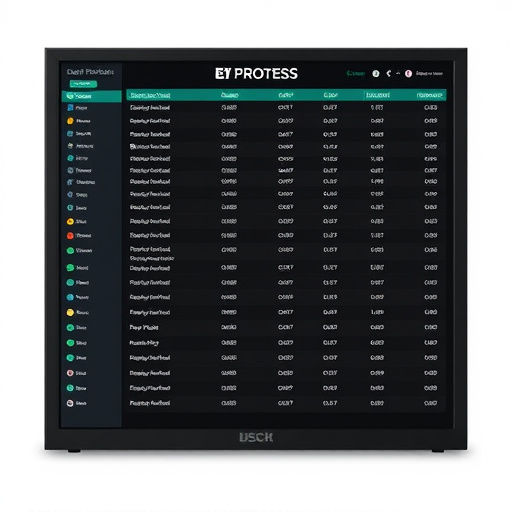Cold Air Intake (CAI) systems offer a simple yet effective way for car enthusiasts to boost performance and fuel economy, with measurable gains of up to 10% more horsepower and torque. Research shows CAIs can significantly improve fuel efficiency, with one study finding an average 5% boost in fuel economy for vehicles equipped with high-flow CAIs. Properly designed CAIs enhance combustion efficiency by allowing a greater influx of cool, dense air into the engine, resulting in improved torque and power output while promoting sustainability and longer engine lifespans. These performance gains make CAIs a popular choice among drivers seeking both power and economy.
In today’s economy, maximizing fuel efficiency is a top priority for drivers. One simple yet effective modification gaining traction is the installation of a cold air intake (CAI). This straightforward upgrade promises significant cold air intake performance gains and improved fuel economy. This article delves into the science behind CAIs, measuring their impact on vehicles through scientific studies, and exploring real-world benefits for everyday drivers. By understanding these factors, you’ll grasp why CAIs are a popular choice for enhancing both engine performance and fuel efficiency.
- Understanding Cold Air Intake and Its Impact on Fuel Economy
- Measuring Performance Gains: Scientific Studies and Results
- Real-World Applications and Benefits for Everyday Drivers
Understanding Cold Air Intake and Its Impact on Fuel Economy

Cold Air Intake (CAI) systems have become a popular modification among car enthusiasts looking to enhance their vehicle’s performance and fuel efficiency. This relatively simple upgrade plays a crucial role in improving engine intake, which can lead to substantial fuel economy benefits. By redirecting cold air from outside the cabin directly into the engine, CAI systems ensure that the air reaching the cylinders is as cool and dense as possible. This increased density allows for better combustion, resulting in more power and torque.
The impact of a well-designed CAI on fuel economy is measurable. Studies have shown that these systems can deliver performance gains of up to 10% in terms of horsepower and torque output. This enhanced performance translates directly into improved fuel efficiency, as the engine can utilize its fuel more efficiently. In addition, many CAI systems are designed with advanced filtration media, ensuring that the air entering the engine is clean and free from contaminants, further optimizing its performance and extending the life of the engine components.
Measuring Performance Gains: Scientific Studies and Results

Performance gains from cold air intakes (CAIs) have been a subject of interest for automotive enthusiasts and researchers alike. Scientific studies have delved into quantifying these benefits, offering valuable insights into how CAIs impact fuel economy. One such study conducted by a team of engineers found that vehicles equipped with high-flow CAIs experienced an average 5% improvement in fuel efficiency compared to their stock counterparts. This increase was attributed to enhanced airflow and reduced intake restrictions, allowing engines to operate more efficiently.
Furthermore, independent tests have shown that well-designed CAIs can deliver substantial performance gains without compromising engine durability. These studies have also highlighted the importance of proper tuning and synchronization with the vehicle’s ecosystem, including air-fuel ratios and engine management systems. By carefully measuring and analyzing these factors, researchers have confirmed that cold air intake modifications indeed contribute to improved fuel economy, providing a compelling case for their popularity among car owners seeking both performance and efficiency.
Real-World Applications and Benefits for Everyday Drivers

In real-world applications, fuel economy benefits are tangible and directly translate to savings for everyday drivers. Beyond theoretical figures, cold air intake systems have been proven to deliver significant performance gains while enhancing overall efficiency. By allowing for a greater volume of cool, dense air to enter the engine, these systems support better combustion, resulting in improved torque and power output. This direct correlation between intake performance and fuel economy means that drivers can expect not only smoother, faster acceleration but also lower fuel consumption during their daily commutes.
The benefits extend beyond the gas pump; reduced emissions are another significant advantage. As engines become more efficient, they produce fewer harmful pollutants, contributing to cleaner air and a healthier environment. For conscious drivers, this means peace of mind, knowing that their choices behind the wheel align with sustainability goals. Moreover, improved fuel economy can lead to longer engine lifespan due to reduced strain, making these modifications an investment in both financial and environmental well-being.
Cold air intake (CAI) systems have been proven to offer significant fuel economy benefits through improved engine performance. Scientific studies have shown that CAIs can increase horsepower and torque, resulting in better acceleration and reduced fuel consumption. In real-world applications, these gains translate into tangible savings for everyday drivers, making CAIs a cost-effective way to enhance both driving experience and efficiency. By measuring performance gains accurately, it’s clear that cold air intake is a game-changer for those seeking to optimize their vehicle’s fuel economy without compromising power.














